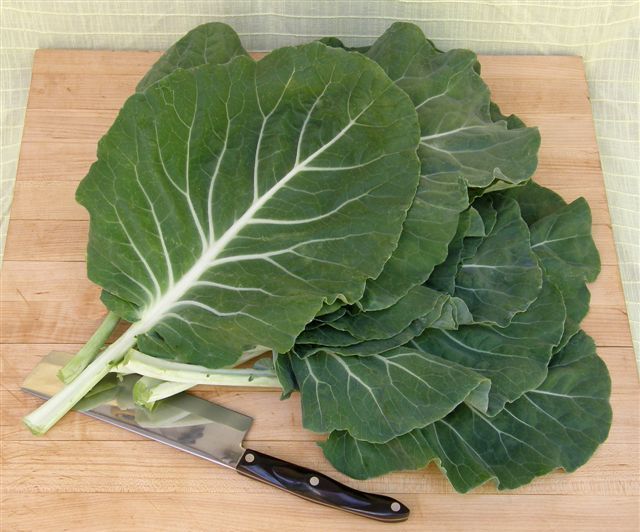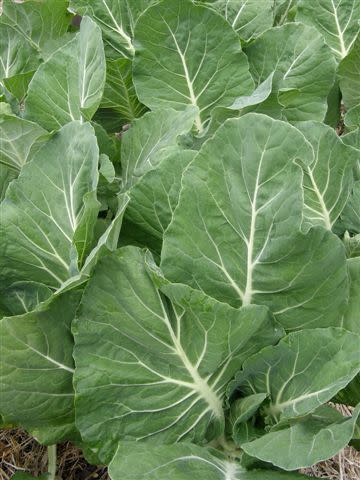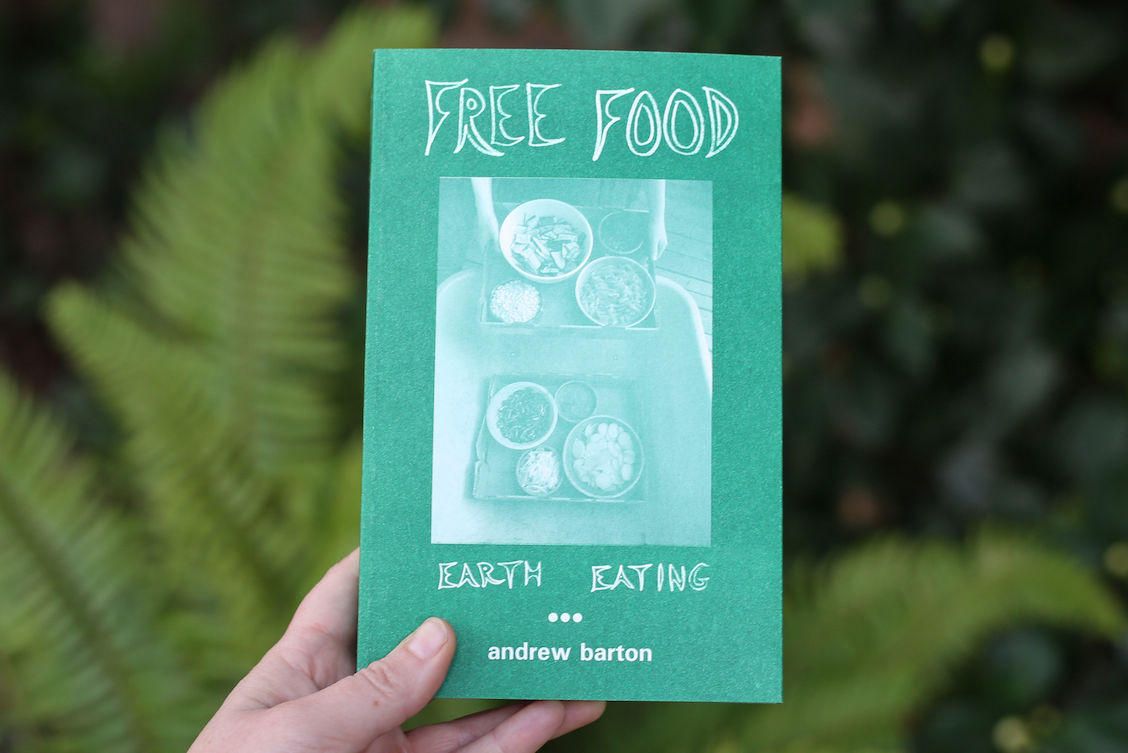Grow Easy, Delectable Portuguese Kale

Portuguese kale
Image: Renee's Garden
If you're a gardener in the Pacific Northwest, there's a good chance you've grown Scotch kale, Russian kale and even choice, delectable Tuscan kale, with those thick, crumpled, nearly black-green leaves. But few gardeners know about Portuguese kale - yet!
In Renee's Garden seed catalog, Portuguese kale is described as tender, sweet and more heat tolerant than other kale varieties. It has huge, paddle-shaped, blue-green leaves with thick, white ribs and grows 1-2' tall and wide. It is described as a robust grower, and I can personally attest to that based on its performance in my garden this past winter.
I received a free seed sample of Portuguese kale from Renee's Garden last year and planted it in my garden late last summer. I had been hunting for the kinds of greens I enjoyed in caldo Gallego, a classic soup of the northern Spanish region of Galicia. I hoped that greens originating from the Iberian Peninsula would help me recapture the special character of this traditional dish.
Earlier this month, I heard Lynn Rosetto Kasper's Splendid Table interview with Renee Shepherd of Renee's Garden in which she discussed her ten favorite new garden seed varieties. To my delight, one of Renee's 2013 picks was Tronchuda Beira, or Portuguese kale, and I remembered that I'd planted a whole mess of them in my own garden. When I went out to take a closer look, I saw that they were growing like gangbusters.
I don't know for sure if this is the same green that I saw so often over the tops of fences passing through Galicia (if you do know, please comment!) but if it isn't exactly the same, it's close enough for me. The flavor is mild, sweet and richly nutritious-tasting. It is perfect for raw salads and is a cinch to clean, unlike some of the ruffled kale varieties.It is also productive enough to harvest in quantity for soups and raw salads. Six large, tender leaves provided enough greens for an entire pot of soup!

Portuguese kale
Image: Renee's Garden
Kale is quite easy to grow, requiring fertile, well-drained soil and plenty of sunshine. Since our native soil is on the acidic side, sweeten the soil slightly by scratching some lime into the soil - this is good for kale and all its brassica kin. Fertilize kale with organic, all-purpose fertilizer during the growing season, from February through August. (Avoid fertilizing from September through early February to protect plants from frost.) Kale, like other brassicas, is a cool-season crop and grows best during the "shoulder seasons" of spring and fall. The flavor improves with frost, turning nuttier and sweeter. In summer's heat, plants often bolt - plus the flavor turns bitter and the fibers toughen.
For a spring harvest, sow seed February through April - and if you sow as late as May, cross your fingers for cooler weather in June. For a late fall-winter-early spring crop, sow another crop in August or September.
Portuguese kale will definitely be a staple in my fall to spring vegetable garden. Move over, lacinato kale - there's a new kale in town!
Order Tronchuda Beira (Portuguese kale) directly from Renee's Garden or check with your favorite local nursery for the Renee's Garden seed display.




